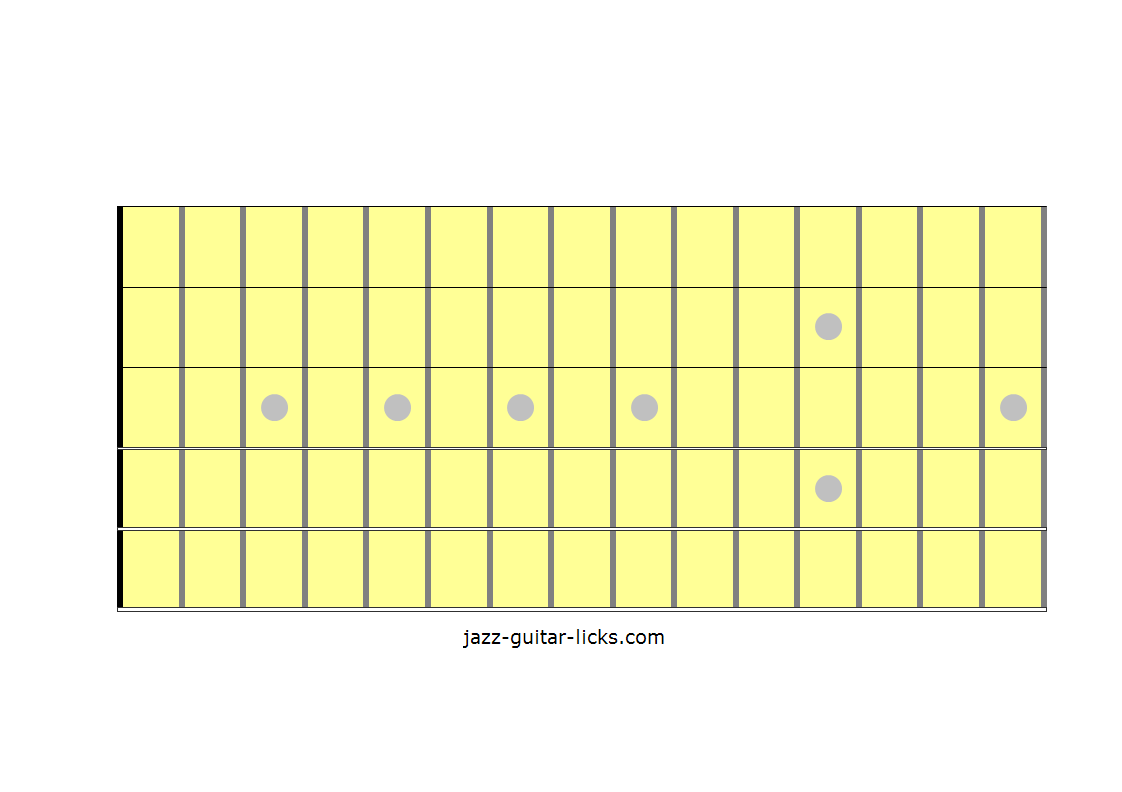

Your guitar strings ‘hook’ underneath the arms of the string tree. On some electric guitars such as a Fender Stratocaster (shown above on the left), you will also find a string tree on the headstock. Learn how best to tune your guitar in my huge guide to guitar tuners. There are other parts to a tuner, but the tuning pegs and post are all you really need to know about. The section through which you thread and wind the string is the tuning post. The parts of the tuner that you turn to tighten or loosen the guitar strings are called the tuning pegs (or tuning button). In the diagram above, the Fender Stratocaster headstock on the left has a 6 in-line layout, while the Gibson Les Paul on the right has a 3+3 configuration. The most common tuner layouts are either 6 in-line (6 in a straight line), or 3+3 (3 on either side).
#GUITAR NECK DIAGRAMS FULL#
The tuners are composed of many individual parts (tuning pegs, tuning posts, etc), but as a whole, we can just refer to the full piece as a tuner.Īs you would expect, you will find 6 tuners on a regular 6-string guitar. With the exception of headless electric guitars (which do not have a head), the tuners will be located on the headstock. We’ll start at the top with the headstock and then work our way down.Īs explained above, the headstock (often called the head) is the section at the top of the guitar where you will tune your guitar strings. Let’s now take a look at each of the parts of the guitar mentioned above to find out exactly what they are and what they do! Once you’ve memorized all of the different names, head to the next section where we’ll examine each of the parts of the guitar in these two diagrams in greater detail. You’ll notice that many parts are exactly the same as those found on the acoustic above, with a few notable differences. Now that you’ve got the acoustic sections licked, we’ll take a look at an electric guitar parts diagram. Acoustic Guitar Parts Diagramįirst up, let’s take a look at acoustic guitars! I’ve put together this handy acoustic guitar parts diagram which identifies the majority of the main parts of the guitar.Īll parts of the guitar are thoroughly explored and explained in the second half of this article. And for those who are super-keen, we’ll go even further in-depth afterward. Next up we’ll take a look at both the acoustic and electric guitar parts in greater detail. These sections are the same on all types of guitar, with the exception of headless guitars which are designed without a headstock. The head (or headstock) is where you tune the guitar.The neck is the section you hold with your fretting hand.The body of a guitar is the part where you strum or pick the strings.We’ll take a closer look at the guitar parts names below, but first, let’s break down the instrument into its 3 basic sections.

Parts of the Guitar Explained In Detail.

#GUITAR NECK DIAGRAMS PLUS#
To help out I have included a series of handy charts, including an acoustic guitar parts diagram, electric guitar parts diagram, plus images looking more closely at each section of the guitar.Īs a guitarist, it is super-useful to know how all of the different parts of the guitar function and work together, so I encourage you to keep reading past the basic diagrams at the start of this post to really bump up your knowledge! In addition, we will also go over the function of each and every part so that you know exactly what they all do. In this article, you will master the names of all of the important parts of both electric and acoustic guitars. Wondering what all of the different parts of a guitar are called? All will be revealed in my huge guitar anatomy guide below!


 0 kommentar(er)
0 kommentar(er)
